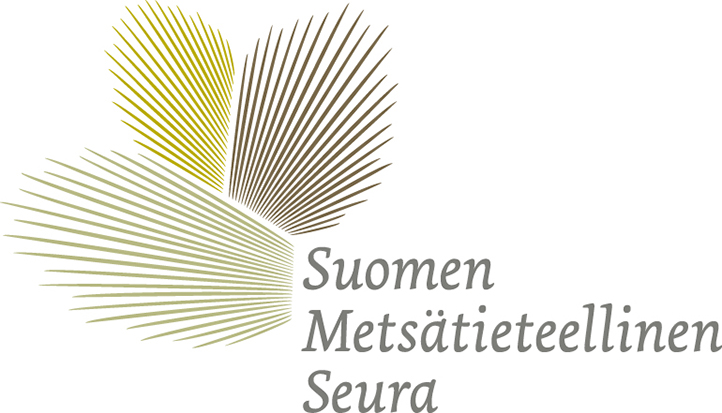Creating value through advanced silvicultural services
Kiljunen N. (2006). Creating value through advanced silvicultural services. https://doi.org/10.14214/df.17
Tiivistelmä
Skenaariotutkimusta käytettiin vaihtoehtoisten tulevaisuuskuvien luomisessa puuntuottamiselle Suomessa. Puuntuottamisen kannalta keskeisimmät tutkimuskohteet selvitettiin eri skenaarioista. Yksityisten metsänomistajien vieraantuminen käytännön metsätaloudesta, yrittäjyyden edistäminen, ja puuntuottamisen kustannustehokkuuden parantaminen havaittiin tärkeimmiksi tutkimusaiheiksi. Myös mahdollisen metsätyövoimapulan uhkan torjuminen nähtiin tärkeäksi. Tulosten perusteella koottiin lisäarvon luomiseen pohjautuva palvelukokonaisuus. Ensimmäinen osa palvelukokonaisuutta oli laatutakuun sisältävä metsäuudistamispalvelu, jossa taimikon perustaminen toteutetaan asiakkaalle kokonaispalveluna. Palvelukonseptin ideana on että asiakas saa sovitun toimitusajan kuluessa sovitut laatukriteerit täyttävän taimikon ja tuona aikana palvelun tuottaja kantaa taimikon perustamiseen ja varhaiskehitykseen liittyvät riskit. Tutkimuksessa laskettiin sopivia preemiota riskin kattamiseksi. Toinen tutkimuskohde käsitteli taimikon varhaishoitotarpeen ennustamista kuusen taimikoissa kuuden vuoden kuluessa istutuksesta. Taimikon varhaishoitotarpeeseen vaikuttavia taustatekijöitä löydettiin tutkimuksessa, mutta luotettava varhaishoitotarpeen ennustaminen yksittäisille taimikoille ei onnistunut nykyaikaisilla luokittelualgoritmeillakaan. Kolmas tutkimuskohde käsitteli kuusen taimikoiden perkauksen ajoituksen vaikutusta työn tuottavuuteen. Työntutkimuksessa yleisen koealojen välisen vaihtelun aiheuttaman ongelman välttämiseksi tässä tutkimuksessa kehitettiin uusi menetelmä. Perkauksen lykkääminen kahdella vuodella aiheutti merkittäviä lisäyksiä raivaussahatyön työajanmenekissä. Käsittelyiden metsänhoidolliset vaikutukset eivät simulointitutkimusten perusteella eronneet merkittävästi eri käsittelyajankohtien välillä. Tutkittujen menetelmien soveltaminen käytäntöön edellyttää tehokasta tieto- ja informaatioteknologisten menetelmien käyttöä.
Avainsanat
kuusi;
perkaus;
taimikonhoito;
istutus;
laatu;
taimikon perustaminen
Julkaistu 7.4.2006
Katselukerrat 7046
Saatavilla https://doi.org/10.14214/df.17 | Lataa PDF

Osajulkaisut
Kiljunen, N. & Harstela, P. 2005. Alternative futures for wood production in Finland. (Manuscript).
Kiljunen, N. 2005. Pricing the risk of the quality-guarantee in a stand establishment service. Silva Fennica 39(1): 81-88.
https://doi.org/10.14214/sf.397
Kiljunen, N. 2004. Prediction of need for early tending in Norway spruce plantations. Baltic Forestry 10(2): 56-60.
http://www.balticforestry.mi.lt/
Kaila, S., Kiljunen, N., Miettinen, A. & Valkonen, S. 2006. Effect of timing of precommercial thinning on the consumption of working time in Picea abies stands in Finland. Scandinavian Journal of Forest Research 21: 496-504.




